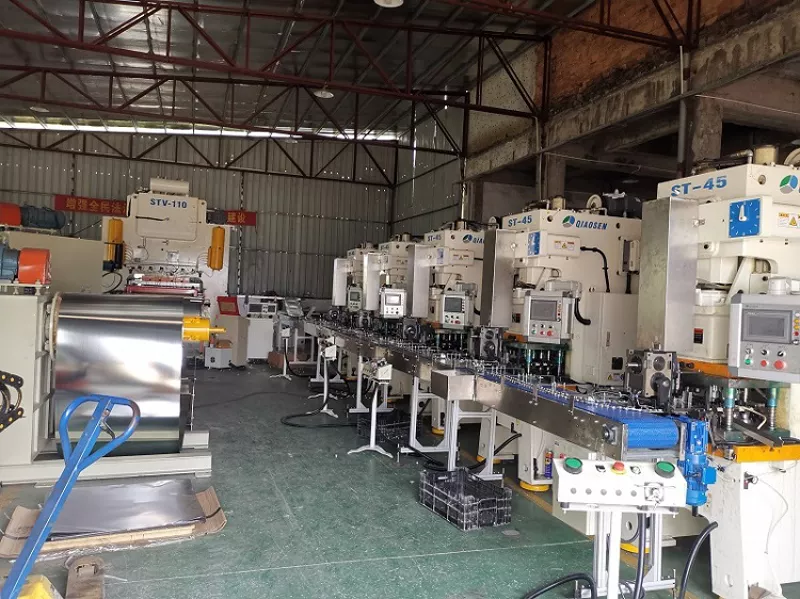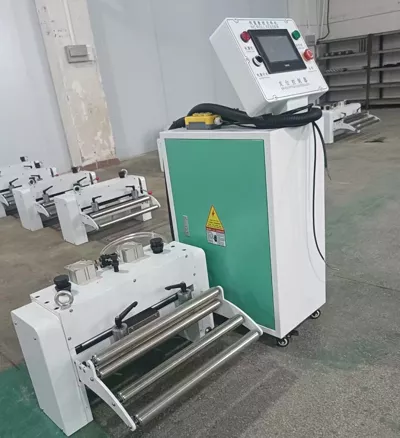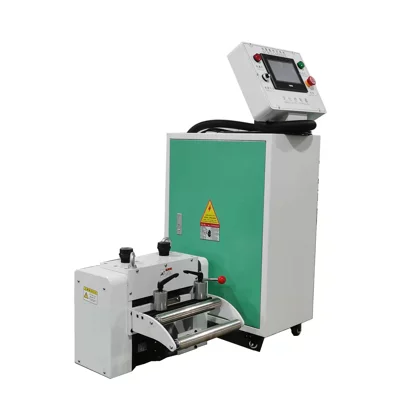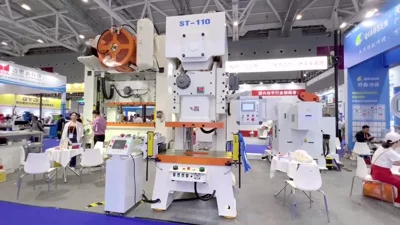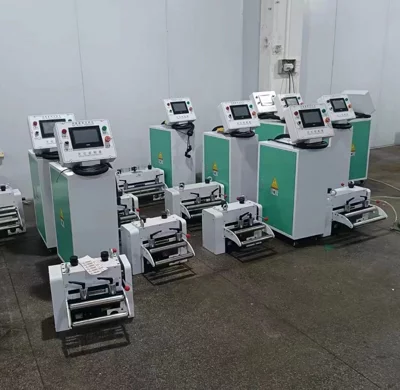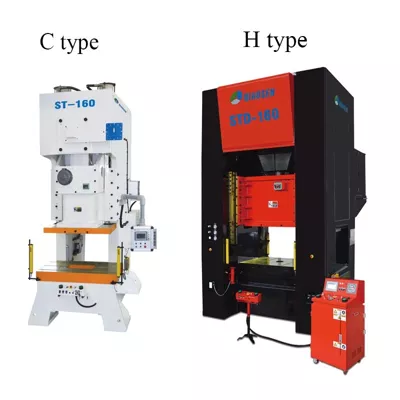In the manufacturing industry, precision and efficiency are crucial factors that contribute to the success of any production process. One vital machine that aids in achieving these goals is the pneumatic punch press. This article aims to explore the world of pneumatic punch presses, highlighting its components, mechanisms, and applications.
1. Air Compressor: The heart of a pneumatic punch press is the air compressor, responsible for generating compressed air. Modern punch presses often utilize a reciprocating compressor or a rotary screw compressor. These compressors intake ambient air and increase its pressure through a compression mechanism, providing the necessary force for the machine to operate effectively.
2. Air Receiver: Compressed air from the air compressor is stored in an air receiver tank. The air receiver acts as a reservoir, ensuring a constant supply of pressurized air to the punch press. It also aids in maintaining a stable pressure, preventing any pressure fluctuations which might affect the performance of the machine.
3. Control Valve: The control valve acts as the brain of the punch press, allowing the operator to regulate the flow and pressure of the compressed air. It controls the timing and sequencing of the press stroke, ensuring accuracy and repeatability in the manufacturing process. The control valve also enables adjustments to accommodate different materials and thicknesses.
4. Cylinder: The cylinder acts as the main power source in the punch press. When the control valve directs the flow of compressed air, it enters the cylinder, causing the piston to move back and forth. This reciprocating motion of the piston is transferred to the ram, which is responsible for delivering the required force onto the workpiece.
5. Mold and Punch Set: The mold and punch set refer to the tooling components of the punch press. The mold, typically mounted on the machine's bed, provides a fixed surface against which the workpiece is held. The punch, attached to the ram, acts as a movable component that delivers the force onto the workpiece, resulting in various operations such as cutting, piercing, or forming.
The pneumatic punch press offers several advantages over its counterparts. Its simplicity, reliability, and low maintenance make it an attractive choice for many manufacturers. It demonstrates high energy efficiency due to the use of compressed air, reducing energy costs and environmental impact. Additionally, the pneumatic punch press is known for its quick stroke cycles and precise control, ensuring consistent results and improved productivity.
In conclusion, the pneumatic punch press is a versatile and essential machine in the manufacturing industry. Its numerous components, such as the air compressor, control valve, cylinder, and mold and punch set, work coherently to deliver precise, powerful, and efficient operations. By harnessing the power of compressed air, this remarkable machine continues to revolutionize the production processes of various industries worldwide.
8years foriegn trade experience Easily grasp customer needs Keeping good relationship with customers

